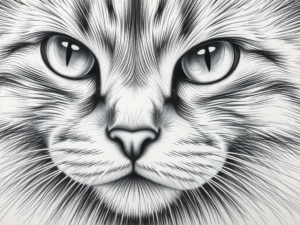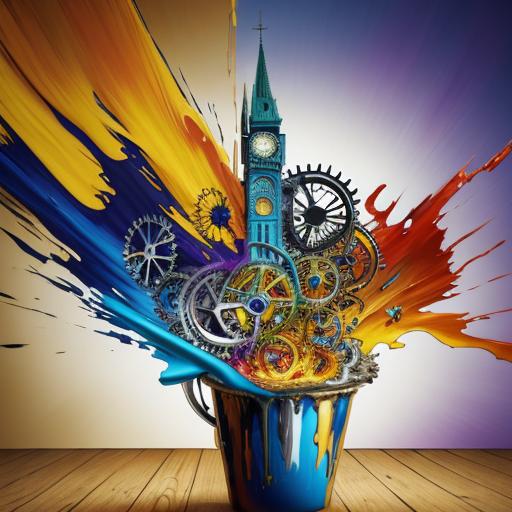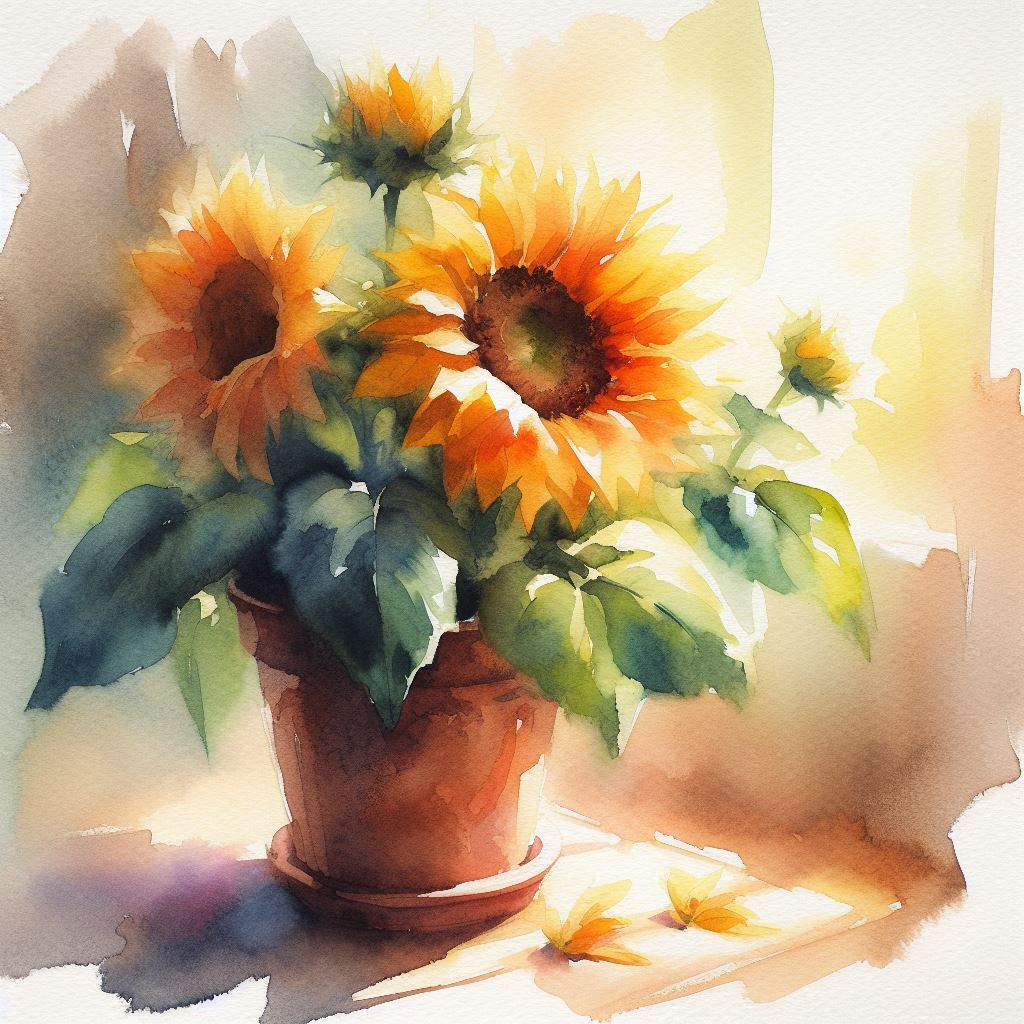What is it about paintings of fruit, flowers, or everyday objects that captures our imagination and feels almost magical? Still life painting, a genre that focuses on inanimate objects, has fascinated artists and viewers for centuries. In this article, we’ll explore the history of still life art, uncover the techniques masters use, and discover how these works inspire creativity today. Let’s dive in!
What is Still Life Painting?
Still life is a type of painting that captures arranged objects—like fruit, vases, books, or skulls—on a table or shelf. Unlike landscapes or portraits, still life lets artists control every detail, from composition to lighting. This genre isn’t just about copying reality; it often hides deeper meanings through symbolism.
The History of Still Life Painting: From Ancient Times to Today
Ancient Beginnings
Still life art isn’t new! Ancient Egyptians painted food and goods in tombs to accompany the dead into the afterlife, believing these items would provide sustenance and comfort in the next world. These artworks reflected their spiritual beliefs and the importance of preparation for eternity. Romans decorated their homes with mosaics of fish and wine.
The Dutch Golden Age: Still Life’s Big Break

The 1600s in the Netherlands marked the “Golden Age” of still life. Wealthy merchants loved these paintings for their beauty and hidden messages. For example:
- Vanitas: Paintings with skulls or wilting flowers reminded viewers that life is short.
- Breakfast Pieces: Luxurious spreads of cheese, bread, and wine showed off wealth.
Famous artists like Rachel Ruysch and Willem Claesz Heda became stars of this era.
Modern Still Life: Breaking the Rules
In the 19th and 20th centuries, artists like Paul Cézanne and Vincent van Gogh reinvented still life. Cézanne used bold shapes, while Van Gogh’s sunflowers burst with emotion. Today, artists mix traditional realism with abstract styles, as seen in the works of contemporary painter Audrey Flack, who combines photorealistic detail with vibrant, unconventional compositions.
Watch this video to see how still life evolved:
Key Techniques in Still Life Painting
1. Composition: Arranging the Scene
A good composition guides the viewer’s eye. Tips:
- Use the “rule of thirds” to place objects off-center.
- Vary heights and sizes for balance.
Paul Cézanne once said:
“Treat nature in terms of the cylinder, the sphere, the cone.”
2. Lighting: Creating Drama
Chiaroscuro (light-dark contrast) adds depth. Artists like Caravaggio used this to make fruit look 3D. Try using a lamp to cast shadows in your own setup!
3. Symbolism: Hidden Stories
A lemon might symbolize bitterness, while a butterfly could mean transformation. Modern artists still use these codes—for example, a clock might represent time in a digital age.
Why Still Life Inspires Artists Today

1. Practice Makes Perfect
Still life is a great way to learn painting basics. Beginners can study textures (like shiny glass or fuzzy peaches) without worrying about a model moving!
2. Expressing Ideas Quietly
In a noisy world, still life lets artists whisper big ideas. Through this quiet medium, they can explore themes like environmental conservation, as represented by discarded plastics, or delve into the passage of time with objects like vintage clocks or melting ice cubes. A crumpled soda can could critique pollution, while a lone candle might symbolize hope.
3. Still Life in Pop Culture
Look closely! Still life appears in video games (Animal Crossing’s cozy interiors), movies (Harry Potter’s magical feasts), and even Instagram flat lays.
Try it yourself: Arrange objects from your room and sketch them. Notice how light changes their look!

How to Start Your Own Still Life Painting
- Gather Objects: Pick items with personal meaning—a mug, a toy, or a snack.
- Set the Scene: Use a cloth or table as a backdrop.
- Light It Up: Position a lamp to create shadows.
- Sketch First: Outline shapes lightly before adding color.
Pro Tip: Start with pencils or watercolors if oils feel intimidating.
For step-by-step guidance, check out:
Famous Still Life Paintings to Know
| Painting | Artist | Year | Key Symbolism |
|---|---|---|---|
| Sunflowers | Vincent van Gogh | 1888 | Joy, friendship |
| Basket of Apples | Paul Cézanne | 1893 | Imperfection, balance |
| Vanitas with Violin | Pieter Claesz | 1625 | Life’s fleeting nature |
Explore these works at The Metropolitan Museum of Art.
Conclusion: Why Still Life Matters
Still life painting is more than just pretty pictures. It’s a window into history, a playground for techniques, and a canvas for hidden stories. Whether you’re a beginner or a seasoned artist, there’s always something new to discover in a bowl of fruit or a flickering candle.
Ready to create? Grab a brush, set up your scene, and let your imagination bloom!



